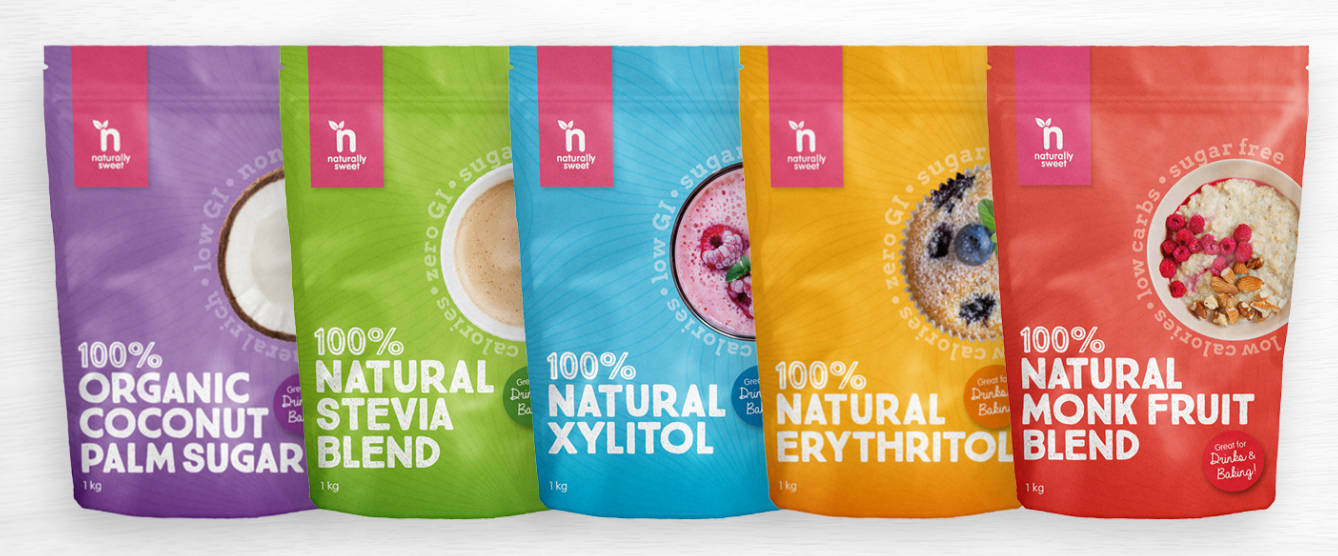The Glycemic Index of Sweeteners
Eating a lot of high GI foods can be detrimental to your health because it pushes your body to extremes. This is especially true if you are overweight and sedentary. Switching to eating mainly low GI carbs that slowly trickles glucose into your blood stream keeps your energy levels balanced and means you will feel fuller for longer between meals.
Benefits of Low GI
- Low GI diets help people lose and manage weight
- Low GI diets increase the body's sensitivity to insulin
- Low GI carbs improve diabetes management
- Low GI carbs reduce the risk of heart disease
- Low GI carbs improve blood cholesterol levels
- Low GI carbs can help you manage the symptoms of PCOS
- Low GI carbs reduce hunger and keep you fuller for longer
- Low GI carbs prolong physical endurance
- High GI carbs help re-fuel carbohydrate stores after exercise
So the GI is a numerical index that ranks carbohydrates on their rate of glycemic response or how quickly they convert to glucose in the body. The higher the number, the more quickly the carbohydrates break down thus causing a spike in blood sugar. (www.glycemicindex.com)
Glycemic Index of Common Sweeteners
| Stevia | 0 |
| Erythritol | 0 |
| Xylitol | 7 |
| Agave Nector | 15 |
| Barley Syrup | 42 |
| Maple Syrup | 54 |
| Molasses | 55 |
| Honey | 62 |
| White Sugar | 68 |
| High Fructose Corn Syrup | 100 |
| Glucose | 100 |
Diabetes and Xylitol
Xylitol is known to be diabetic safe.
The body processes these sweeteners without using insulin in the process meaning there is no resultant spike in blood sugar. Xylitol is seven on the glycemic index and sugar is 68. The glycemic index is a numerical index that ranks carbohydrates on their rate of glycemic response or how quickly they convert to glucose in the body. The higher the number, the more quickly the carbohydrate breaks down thus causing a spike in blood sugar.


